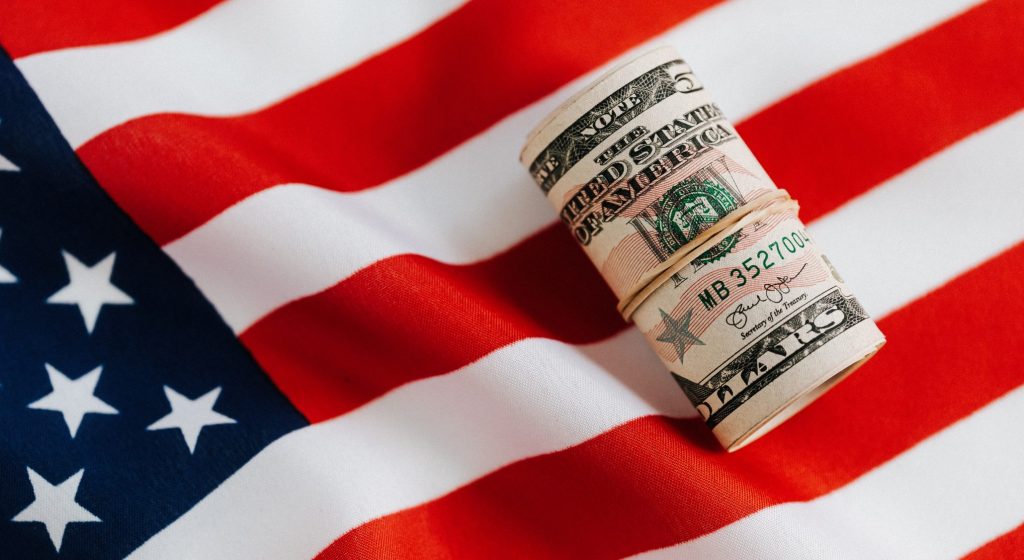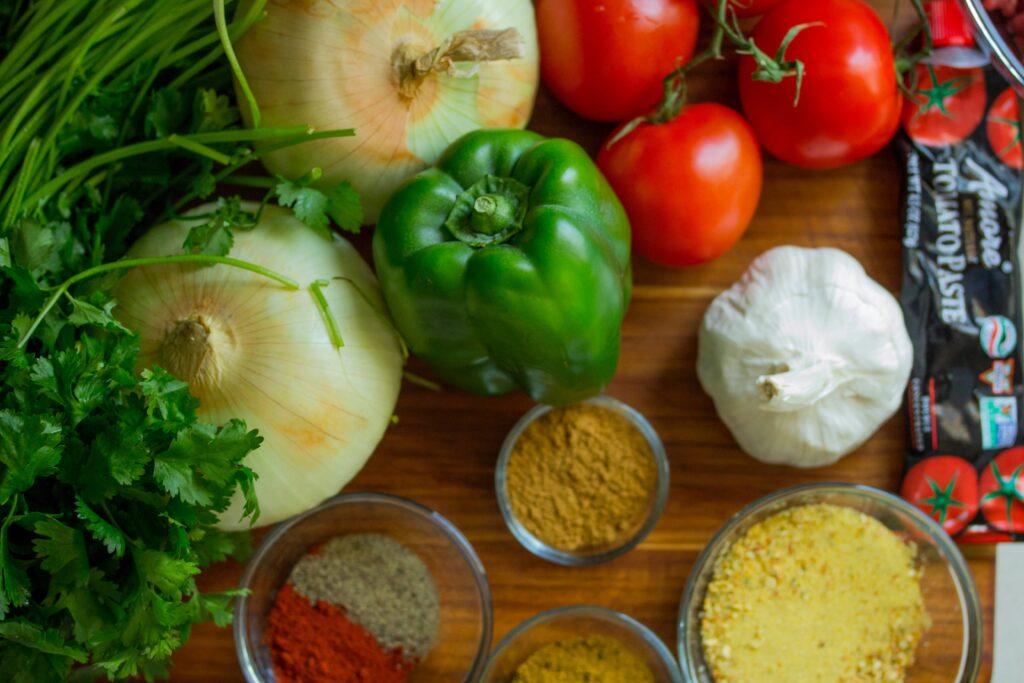Since the conflict between Russia and Ukraine started early last year, governments, producers, and traders have scrambled to ensure uninterrupted food supplies from new sellers. World’s Insights Network, a think tank, says that is because Russia and Ukraine supply 30% of the world’s wheat, 60% of sunflower oil, and 20% of corn.
As a result, nations had to compromise on some import procedures and standards to avoid supply disruptions in the short term. For example, the European Parliamentary Research Service said in April 2022 that FoodDrinkEurope, a private-sector association, was calling for temporary flexibility on food labeling and official controls across the EU to deal with the “rapidly changing availability of ingredients.”
If that leniency continues, it could have long-term repercussions on a country’s food sector. “Emergency measures to maintain food supply and counter rising prices are putting food safety procedures at risk,” said Agrilinks, part of USAID’s “Feed the Future” initiative, in June 2022.
Accordingly, Egypt’s top food trade partners who are coming to terms with the new food supply chain realities are strengthening their food safety systems to counter any fallout from the previous three years. Anticipating and complying with those changes quickly is vital to maintain or even increase Egypt’s food exports in 2023 and beyond.
Regional unification
Accounting for 55% of Egypt’s food exports, according to the Egyptian Food Export Council (FEC), the Arab World is vital for the country’s food export growth. Therefore, aligning food safety standards in the region could be significantly beneficial.
As of 2018, all Arab nations are part of the Arab Food Safety Initiative for Trade Facilitations (SAFE Initiative), which the U.N. Industrial Development Organization implements. Its key objective is to “facilitate regional trade in food/agri-based products and improve integration through strengthening [food safety] regional coordination and harmonization mechanisms … following international best practices.”
The SAFE Initiative aims to remove “technical trade barriers.” That includes discrepancies in safety standards among Arab nations while ensuring all governments meet the U.N. sanitary and phytosanitary (SPS) measures.
To date, the initiative has developed an Arab Rapid Alert System for Food and Feed, standard inspection certificates, and common protocols for food imports and exports. “The creation of the Arab Taskforce on Food Safety [targets] establishment of a sustainable mechanism for coordination of food safety measures.”
Saudi strategy
Despite being part of the SAFE Initiative, Saudi Arabia, which the FEC says is Egypt’s biggest food buyer, accounting for 10% of Egypt’s food exports, aligns its food safety standards more closely with those of Western countries. That is possible as the SAFE initiative allows individual Arab countries to unilaterally improve their food safety standards and inspection procedures as long as they meet baseline benchmarks.
In March, officials from the Saudi Food & Drug Authority (SFDA) met with two Irish firms, Backweston Laboratory and Devenish Group, which specialize in developing sustainable food solutions on behalf of the Irish government for local food and feed industries.
“They discussed possible cooperation opportunities in the development and regulatory fields, and the exchange of international experiences, expertise, and relevant information [to strengthen] local capabilities,” noted the SFDA statement,
That same month, SFDA officials met with their New Zealand counterparts to discuss “harmonizing laboratory testing practices and reporting on antimicrobial resistance,” the SDFA statement said. Other visits since July 2022 were with food safety authorities from Thailand, Singapore, and the German Federal Institute for Risk Assessment. They aimed to exchange knowledge and discuss cooperation opportunities to improve food safety and trade with Saudi Arabia.
The SDFA also is accelerating its digital transformation plans. In April, it announced exploring “the use of blockchain technology.” A statement said the focus is on “tracking the journey of products from the farm to the point of sale and providing end-users with complete transparency regarding the parties involved in the supply chain.”
The authority plans to use that technology to develop a new generation of “halal” certifications for imported and exported food products. “This solution contributes to verifying the products’ halal status and enhances the values of discipline, transparency, and support for … local companies,” the statement said.
In October, the SDFA signed an exclusive agreement (outside the SAFE framework) with Morocco Standardization Institute to unify “halal certificates” issued by both countries. It would facilitate the exchange of expertise in training, research, and lab analysis of halal products.
The agreement should promote cross-country food trade and help “market products externally … enabling local companies to expand,” the SFDA stressed.
EU, U.S.priorities
The Egyptian National Food Safety Authority also needs to monitor food safety authorities in the United States and EU, which the FEC says are the two top buyers of locally produced food products after sales to the Arab World. Combined, the EU and U.S. accounted for nearly 25% of Egypt’s food exports in 2022.
U.S.-based Kestrel Tellevate, a compliance consultancy, said the first food safety trend in 2023 focuses on inspection technology to replace employees. “One of the biggest challenges … is related to staffing, from turnover in the quality department to being understaffed,” said a consultancy paper titled “Food Safety 2023 Trends.”
The employee shortage is critical in the EU. Karim-Frank Khinouche, founder and CEO of France-based Novolyze, a consultancy, said, “Labor shortages will be mission critical in 2023,” he told Food Navigator Europe in January.
Accordingly, digital transformation is imperative. “Roughly half of the food safety [authorities in Europe] utilize [artificial intelligence] in some way,” Khinouche said. “Next year, I expect an even bigger digitization push.”
The ability to track food is a “hot topic,” particularly in the U.S., the Kestrel Tellevate report said. Amendments to existing laws in November tightened traceability recordkeeping requirements for certain foods. The U.S. Food and Drug Administration also simplified the food-recall process.
Environmental and sustainability requirements also will be significant. The Kestrel Tellevate paper stressed they would differ depending on the food importer’s strategy, targets, and laws.
Another trend is to spread the “food safety culture across the food industry.” Helping drive the need for such a culture is consumer demand. “Today, people care about their food … more than ever before and want to know where it’s coming from … and the effect it can have on … the environment,” Kinouche said. He expects more emphasis on traceability and sustainably-sourced foods in the coming year.
Lastly, food verification programs or certificates will become increasingly essential to authenticate safety claims and credentials. “The surge in food demand and lack of supply has created an environment ripe for food fraud,” cautioned Kestrel Tellevate.
A 2022 report by the FAO stressed food safety authorities need to be proactive as “challenges and opportunities continue to arise as the global context evolves. As a result, [using] foresight in food safety has never been more important.”







